Providing an open world experience has become a hallmark of the adventure genre, but the feeling of freedom that comes with a seemingly limitless world can be difficult to replicate for smaller development teams. That concern didn’t stop Friend & Foe games from crafting the massive world of Vane, a world that, while largely empty, inspires a miraculous sense of discovery as you take the form of a bird soaring through the skies. Though that freedom is limited slightly when you transition to a humanoid form, the game more than makes up for that limitation through its minimalist art and stunning score.
It begins in the midst of a terrifying apocalyptic event which plays out cyclically over the course of the game. Thunder and lightning clash through purple clouds that cling tightly to a towering structure that’s collapsing in the storm. You claim control of a young girl clamoring through the disaster. As the world falls apart around you, you are reborn into a bird, perched on a withered desert tree.
From this tree, with no guidance of any kind, you must take flight and soar across a vast desert as the score roars alongside you. It is in this dead and isolated waste that Vane comes to life as the intuitive flight controls and natural updrafts carry you far above the ruins of a world long lost to time. You share the skies with nothing but the astounding particle physics and breathtaking views of the landscape until you come across flocks of other birds (which become the basis of the open world’s puzzles).
The titular vanes serve as gathering places for these flocks which, when gathered, gradually unlock golden portals that allow you to return to a humanoid form—the same girl you guided as she fled the end of the world. Along with shifting your physical form, these shimmering portals also shift the game from a truly open world to a more traditional 3D platformer. The platforming sequences provide an up close look at Vane’s simple yet elegant geometric art style, but they lack the mechanical fluidity that you were afforded as a bird.
Regardless of form, the game’s controls are limited to five options: movement, camera movement, and buttons for jump, interact, and speak. The camera provides an interesting perspective to the game, adjusting automatically to flight speeds and allowing enormous flexibility, but it is not without its flaws. Unfortunately, it suffers from the all too familiar twists and turns that have plagued 3D platformers for decades.
Interacting with the world can also present minor inconveniences, most of which can be attributed to imperfect map geometry, especially around ledges and specific objects. These issues by no means make for a poor overall experience, but the minor frustrations they cause do detract from an otherwise peaceful, meditative game.
On the other hand, a major contributor to the meditative nature of Vane is its remarkable score and sound design. Vane takes the Legend of Zelda: Breath of the Wild approach to its score: using it sparingly to great effect. The electronic synth rolls in as you complete objectives and at narrative turning points, breaking the quiet ambience of the wind billowing and wings flapping. Even at the story’s climax, with a powerful storm thundering and the world falling apart at the seams, music ramps gradually, never overwhelming the subtleties of the spectacular diegetic sound.
Each element of Vane blends together to create an expansive open world that does its most exciting work when you have nothing to do but soar. More platforming intensive segments lose the magic of the open skies, and the puzzles that must be solved on foot expose the weakest aspects of the game. Even at its lowest points, Vane provides a dire apocalyptic story told entirely through its stunning artistic direction and driven by an emotional synth score. Take flight, uncover the truth about the end of the world, and if you have to land, try not to stay for long.
Pros
+ Vividly colorful and dynamic minimalist art style
+ A modern score that fosters a sense of both wonder and danger
+ AAA-scale sense of freedom in a large open world
+ Flying like a bird through the air is a magical experience
+ With no tutorial or instruction, the game enables you to learn and understand on your own
+ Clearly told narrative driven entirely by imagery
Cons
– Puzzles range wildly from simple-but-interesting to frustrating crawls that are more tests of patience than they are of the mind
– Moving on foot feels unnatural, largely due to minor glitches and strange interactions with the space around you
Note: Game key was provided by the developer. This had no bearing on our review.


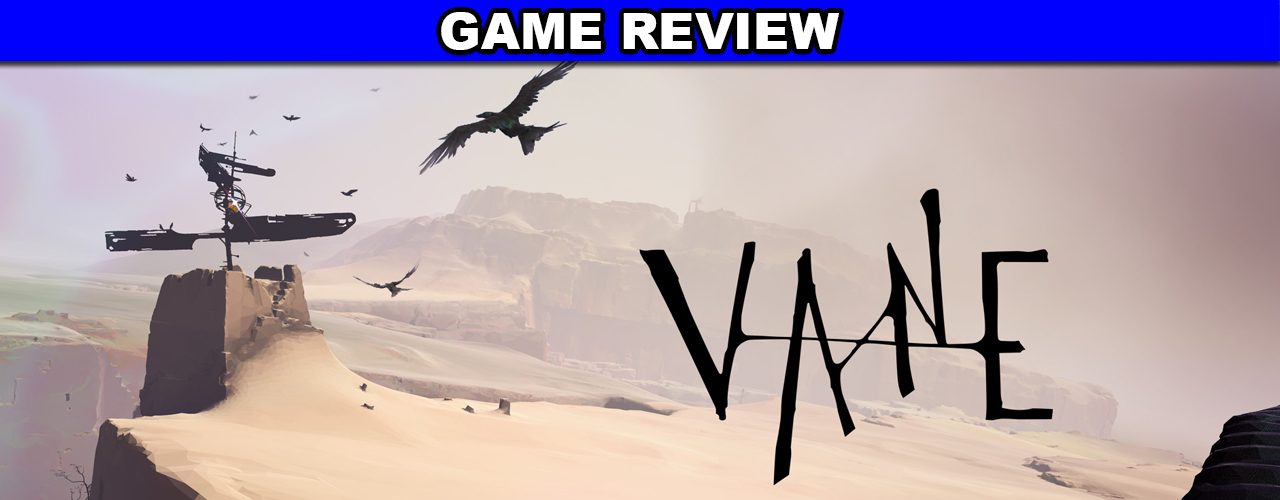
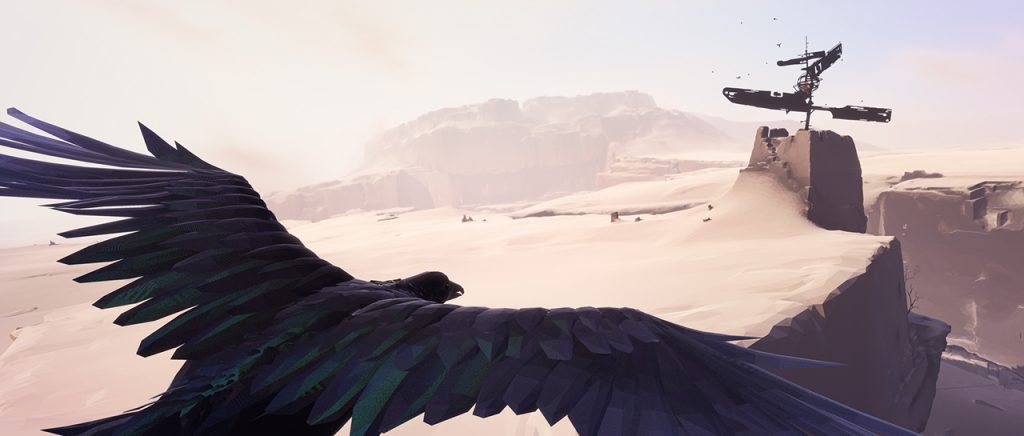
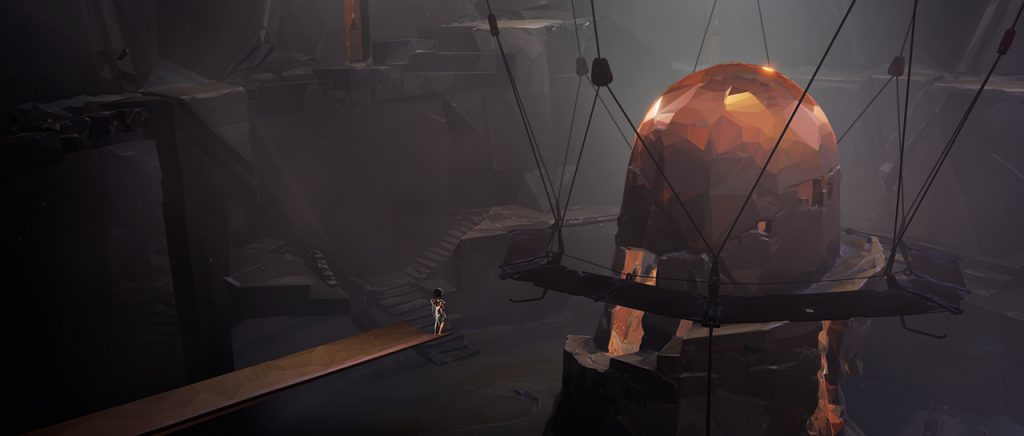
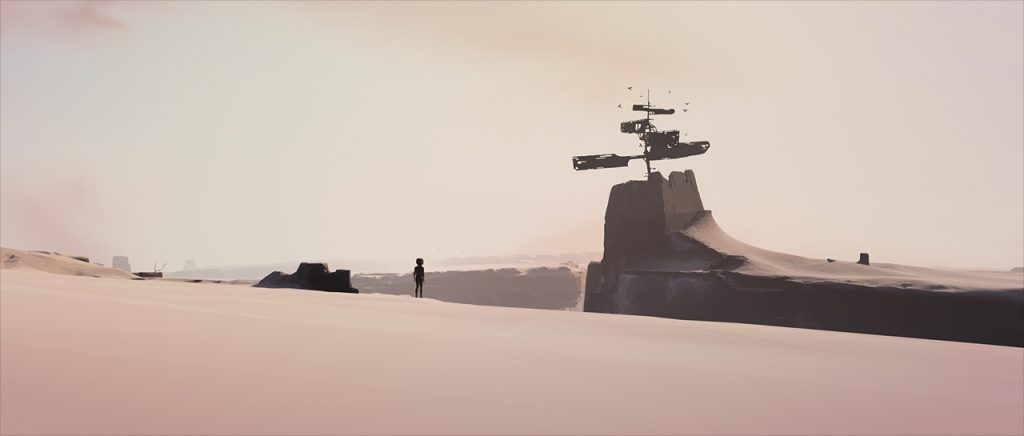









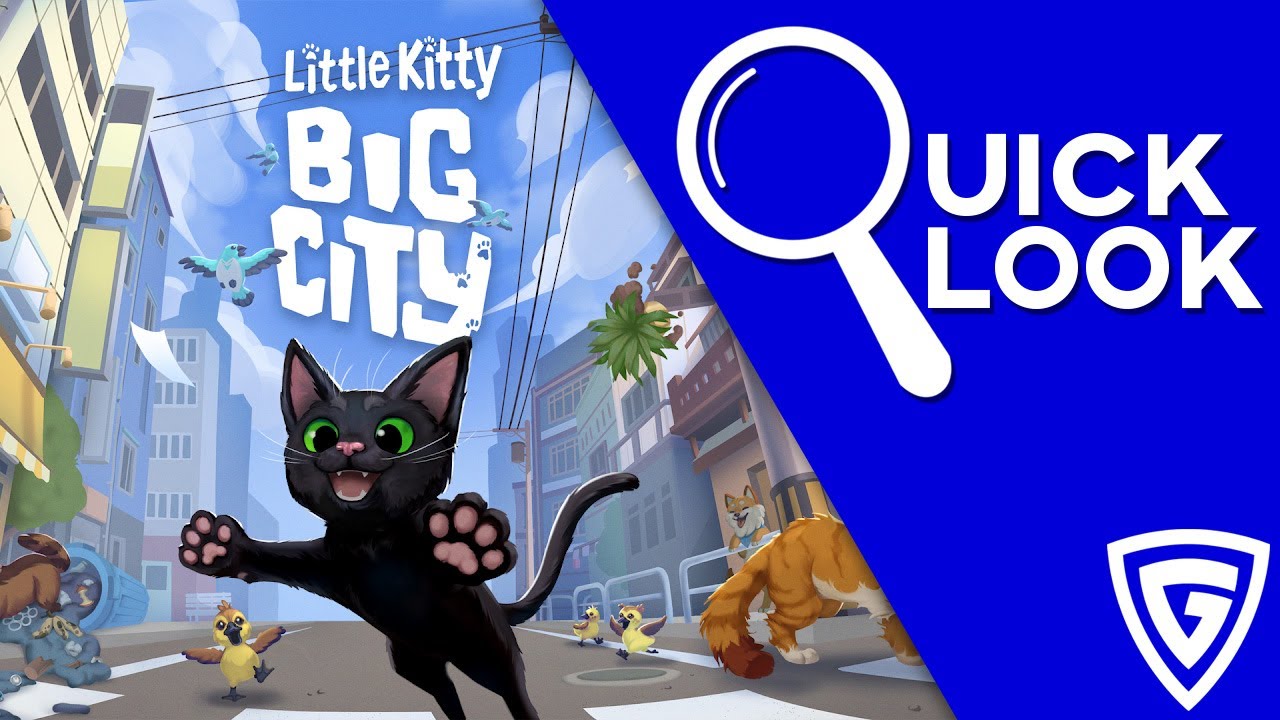
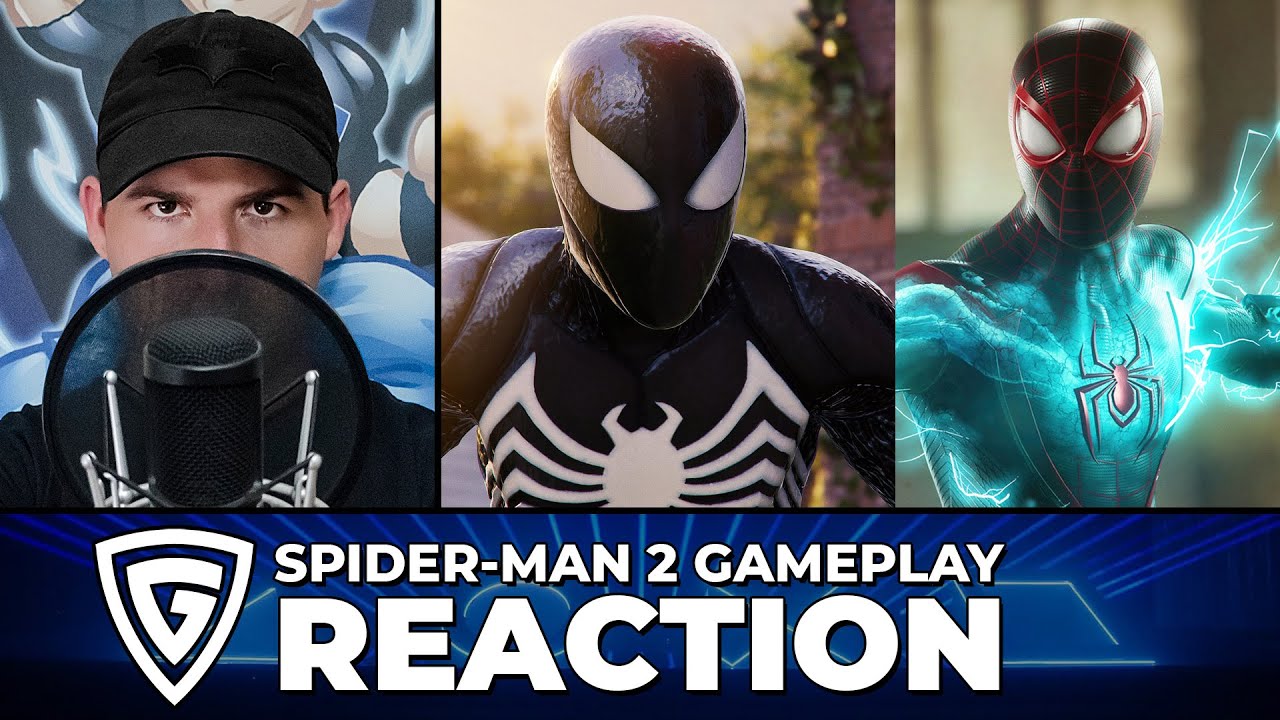
Add comment